Researchers in the UK have trialled a new AI-powered stethoscope that can detect heart failure, atrial fibrillation and heart valve disease in just 15 seconds, offering earlier diagnosis and potentially lifesaving treatment.



A giant bubble of gas and dust surrounds the red supergiant DFK 52, likely created in a powerful outburst 4,000 years ago. Astronomers are baffled at how the star survived without going supernova, and suspect a hidden companion may have played a role. This discovery could reveal clues about the final stages of massive stars.
Astronomers from Chalmers University of Technology, Sweden, have discovered a vast and expanding bubble of gas and dust surrounding a red supergiant star – the largest structure of its kind ever seen in the Milky Way. The bubble, which contains as much mass as the Sun, was blown out in a mysterious stellar eruption around 4,000 years ago. Why the star survived such a powerful event is a puzzle, the scientists say.
The new results are published in the scientific journal Astronomy and Astrophysics, and the team was led by Mark Siebert, Chalmers, Sweden. Using the ALMA radio telescope in Chile, the researchers observed the star DFK 52 – a red supergiant similar to the well-known star Betelgeuse.
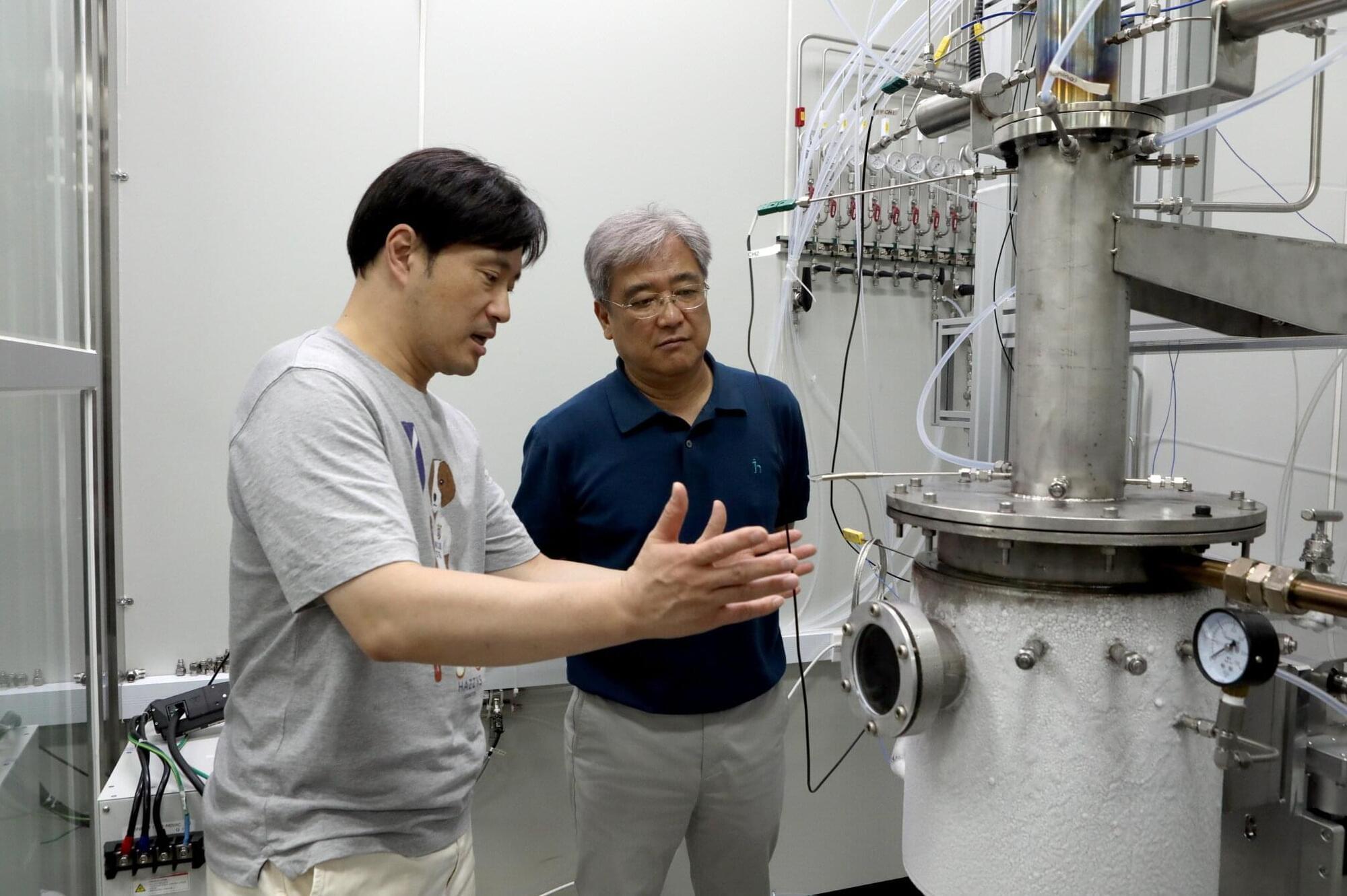
The inconvenience of separating plastics for recycling may soon be a thing of the past. A team of Korean researchers has developed the world’s first technology that can chemically recycle mixed waste plastics into raw materials in a highly selective manner without the need for strict sorting or label removal.
The Korea Institute of Machinery and Materials (KIMM), under the National Research Council of Science & Technology (NST), announced that its Center for Plasma Process for Organic Material Recycling, carried out in collaboration with the Korea Research Institute of Chemical Technology (KRICT), Korea Institute of Industrial Technology (KITECH), Korea Institute of Science and Technology (KIST), and several universities, has successfully developed an innovative plasma conversion process.
This process transforms a wide variety of waste plastics directly into raw chemical feedstocks, setting a new milestone for Korea’s chemical industry and environmental policy.
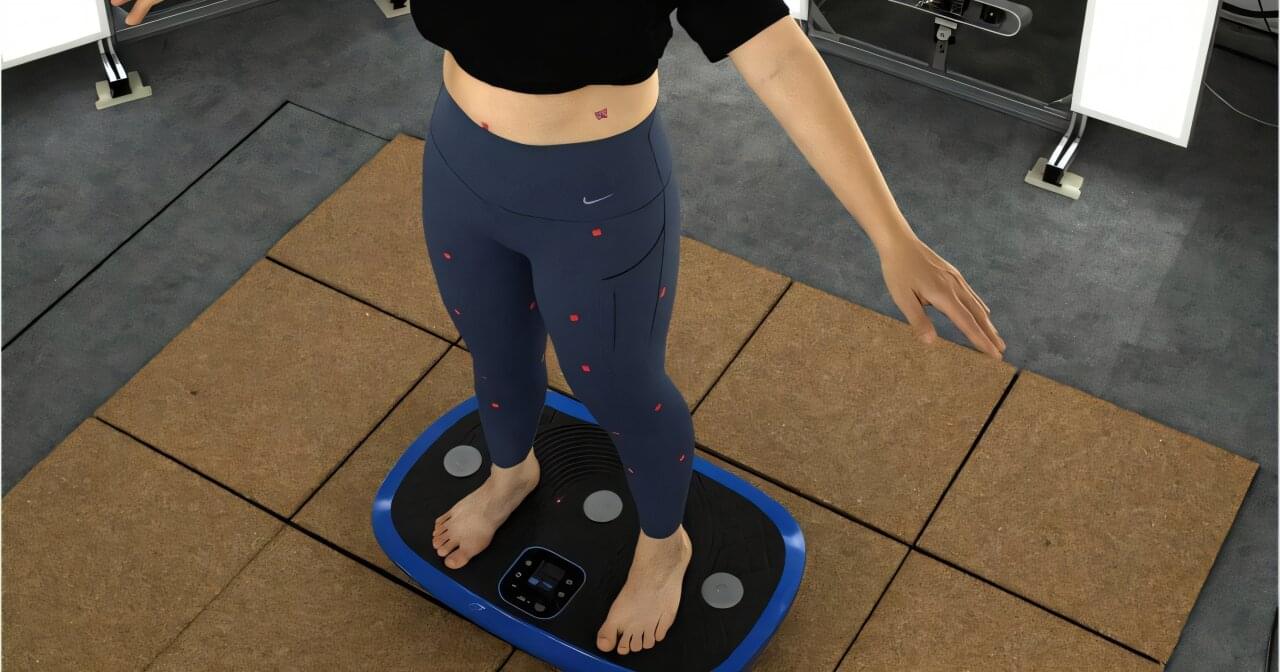
Soft tissue deformation during body movement has long posed a challenge to achieving optimal garment fit and comfort, particularly in sportswear and functional medical wear.
Researchers at The Hong Kong Polytechnic University (PolyU) have developed a novel anthropometric method that delivers highly accurate measurements to enhance the performance and design of compression-based apparel.
Prof. Joanne YIP, Associate Dean and Professor of the School of Fashion and Textiles at PolyU, and her research team pioneered this anthropometric method using image recognition algorithms to systematically access tissue deformation while minimizing motion-related errors.
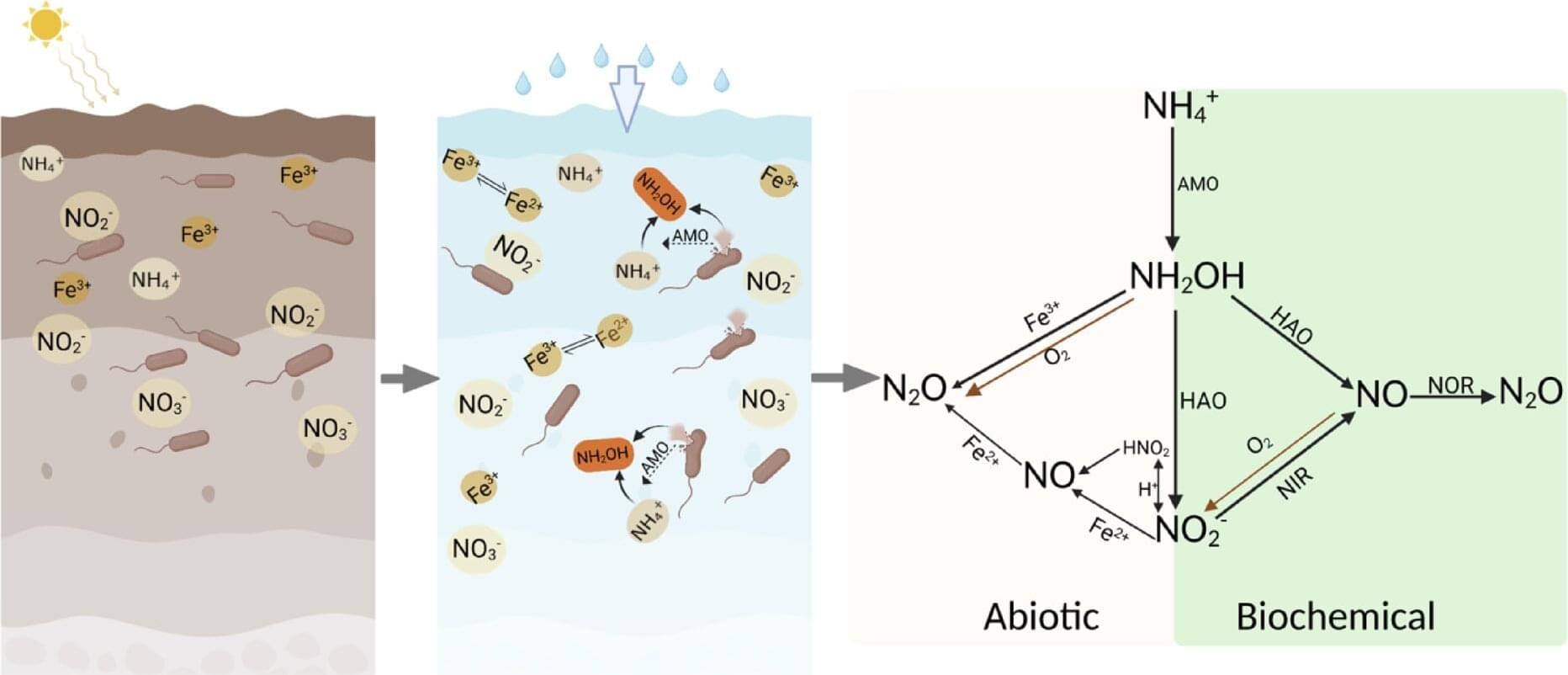
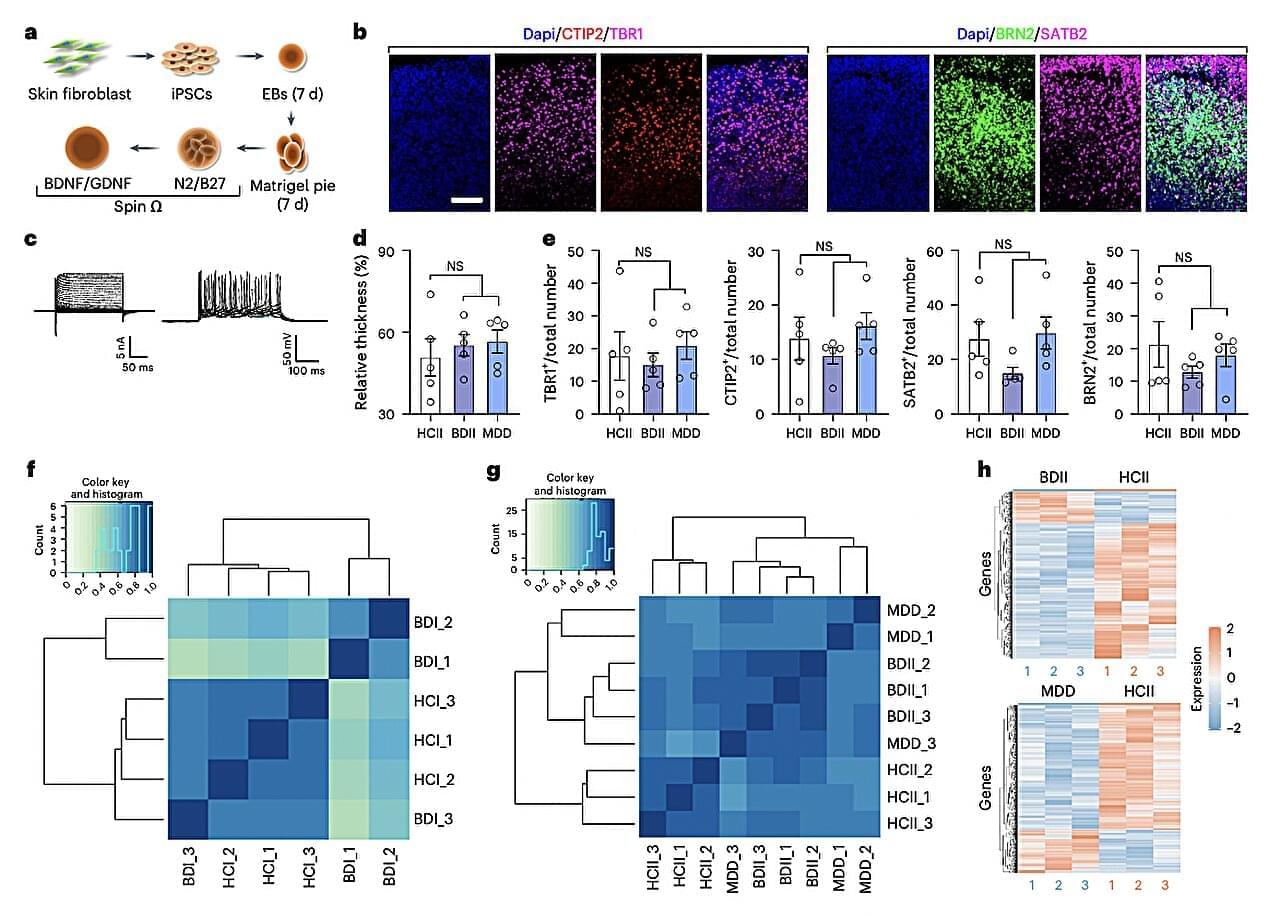
Bipolar disorder is a psychiatric disorder characterized by alternating episodes of depression (i.e., low mood and a loss of interest in everyday activities) and mania (i.e., a state in which arousal and energy levels are abnormally high). On average, an estimated 1–2% of people worldwide are diagnosed with bipolar disorder at some point during their lives.
Bipolar disorder can be highly debilitating, particularly if left untreated. Understanding the neural and physiological processes that contribute to its emergence could thus be very valuable, as it could inform the development of new prevention and treatment strategies.
In addition to experiencing periodic changes in mood, individuals diagnosed with this disorder often exhibit some metabolic symptoms, including changes in their blood sugar levels. While some previous studies reported an association between blood sugar control mechanisms and bipolar disorder, the biological link between the two has not yet been uncovered.

The nostalgic “glow-in-the-dark” stars that twinkle on the ceilings of childhood bedrooms operate on a phenomenon called phosphorescence. Here, a material absorbs energy and later releases it in the form of light. However, recent demand for softer, phosphorescent materials has presented researchers with a unique challenge, as producing organic liquids with efficient phosphorescence at room temperature is considered difficult.
Now, researchers at the University of Osaka have attempted to tackle this problem by producing an organic liquid that phosphoresces in the ambient environment. This discovery is published in Chemical Science.
Traditional materials that can phosphoresce at room temperature contain heavy metal atoms. These phosphors are used to create the colored electronic displays we utilize every day, such as those in our smartphones. Organic materials, which contain carbon and hydrogen atoms (similar to materials found in nature), are more environmentally friendly.
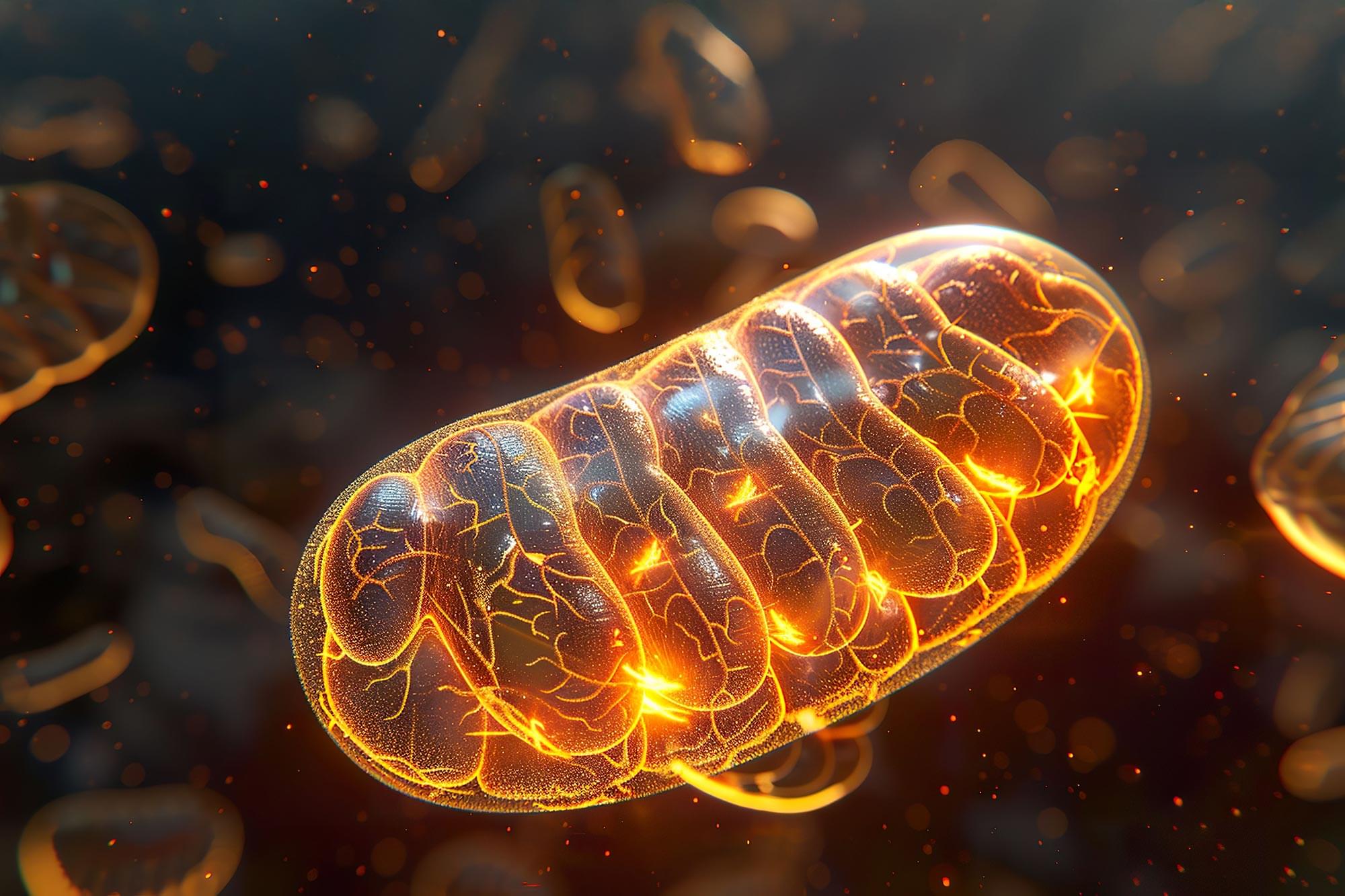
Sleep may serve as more than rest for the mind; it may also function as essential upkeep for the body’s energy systems. A new study from University of Oxford researchers, published in Nature, shows that the drive to sleep is caused by electrical stress building up in the tiny energy-producing structures of brain cells.
This finding provides a concrete physical explanation for the biological need for sleep and has the potential to reshape scientific thinking about sleep, aging, and neurological disorders.
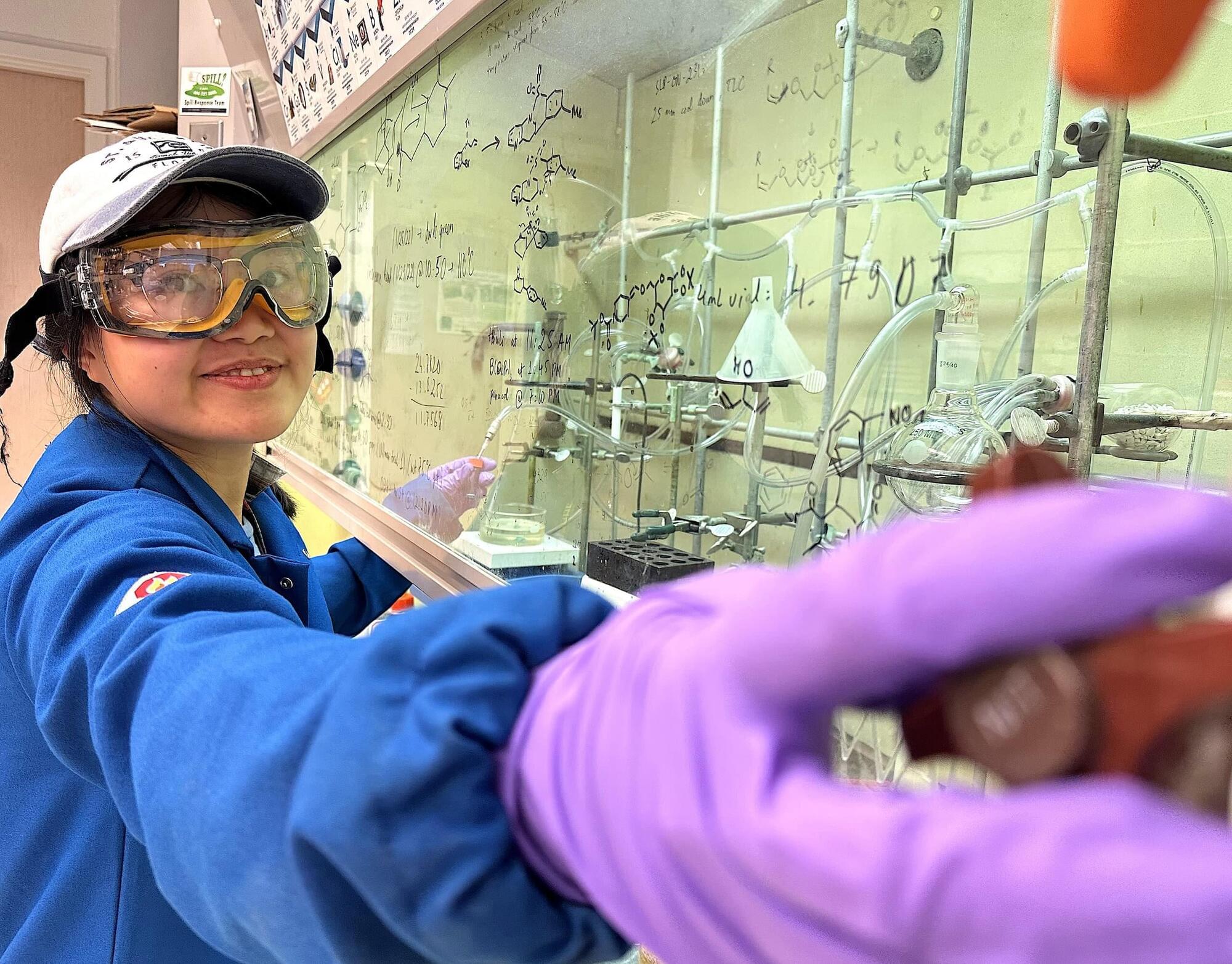
A new approach to an established reaction boosts the ability to synthesize vinylic ethers—key building blocks for many molecules important to human health. The journal Organic Letters published the breakthrough, made by chemists at Emory University.
“Our method is easy to reproduce and is based on widely available and inexpensive compounds,” says San Pham, an Emory Ph.D. candidate and first author of the paper. “We can apply this method to make multiple natural products, including novel vinylic ethers.”
Her research improves the reliability, yield and generality of what is known as the Chan-Evans-Lam reaction. These enhancements greatly expand the reaction’s potential for the synthesis of complex, biologically active compounds for drug research.
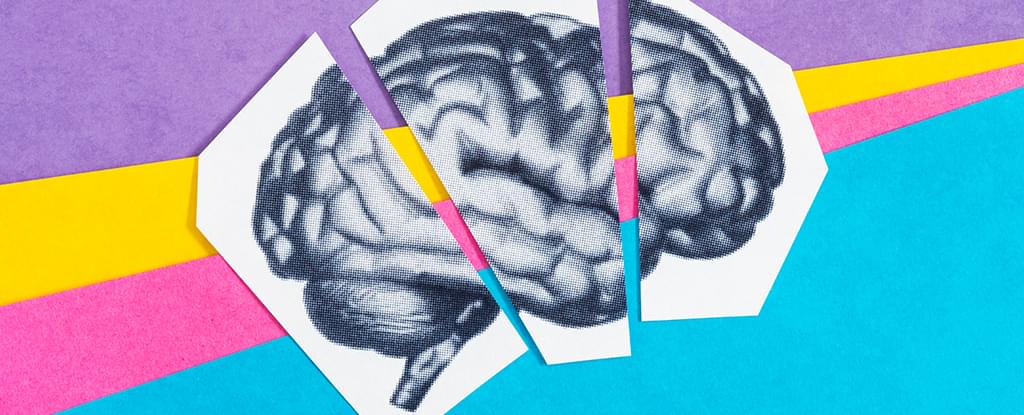
A protein called ferritin light chain 1 (FTL1) may play a significant role in brain aging, a new study reveals, giving scientists a new target for understanding and potentially preventing brain deterioration and disease.
FTL1 was brought to light through a careful comparison of the hippocampus part of the brain in mice of different ages. The hippocampus is involved in memory and learning, and it is one of the regions that suffers most from age-related decline.
The study team found that FLT1 was the one protein in this region that old mice had more of and young mice had less of.